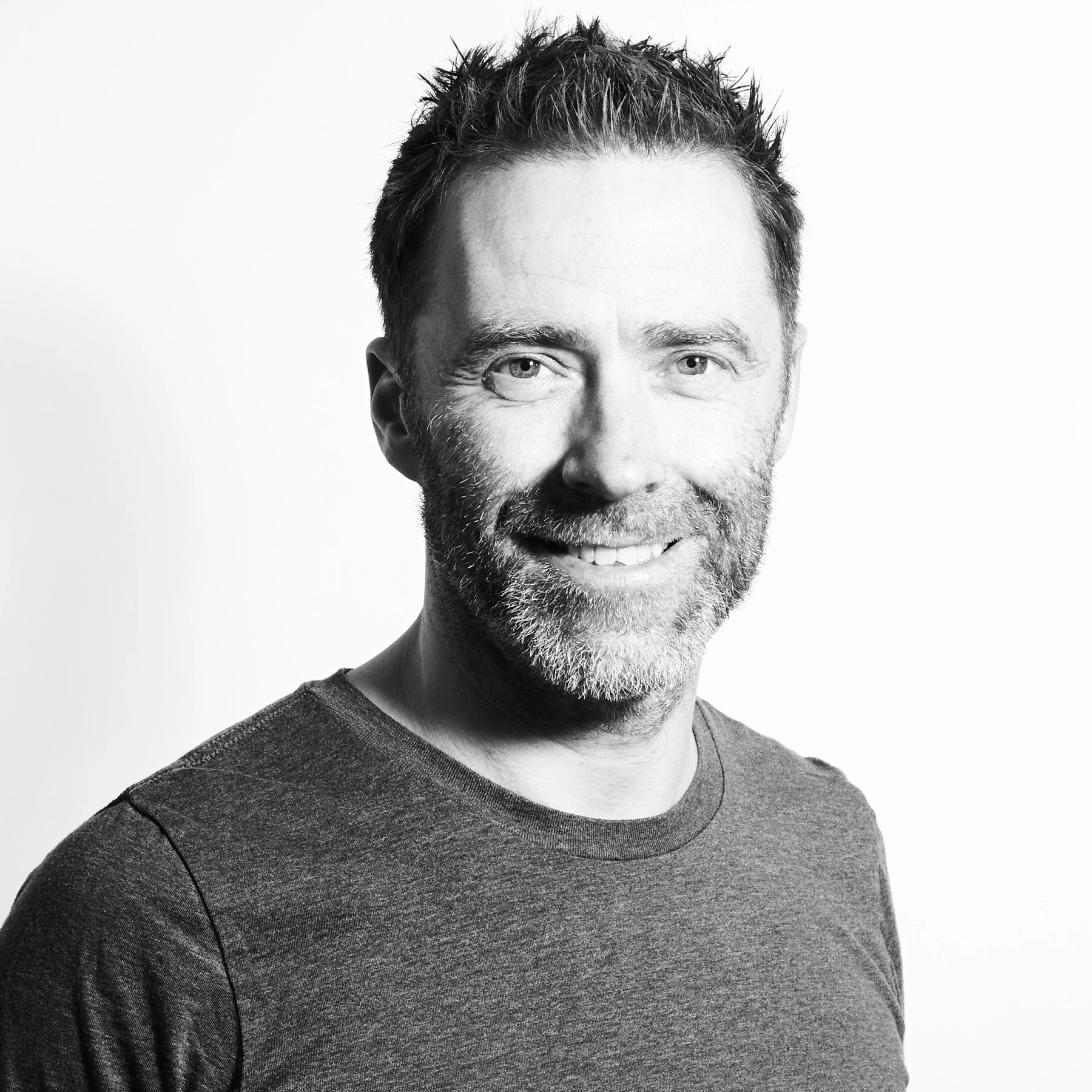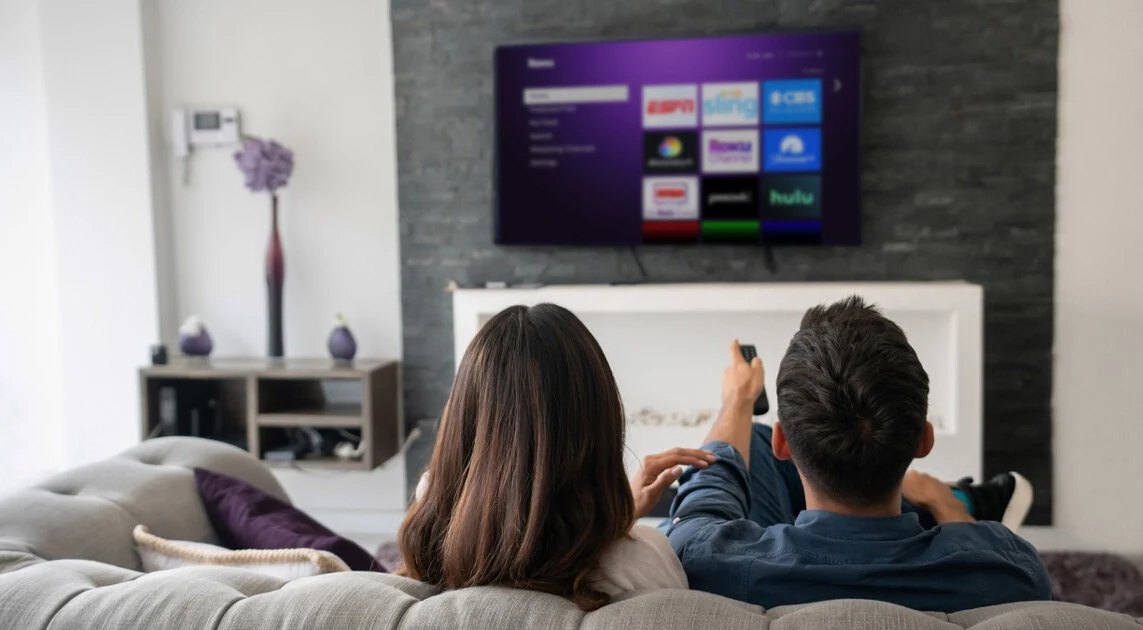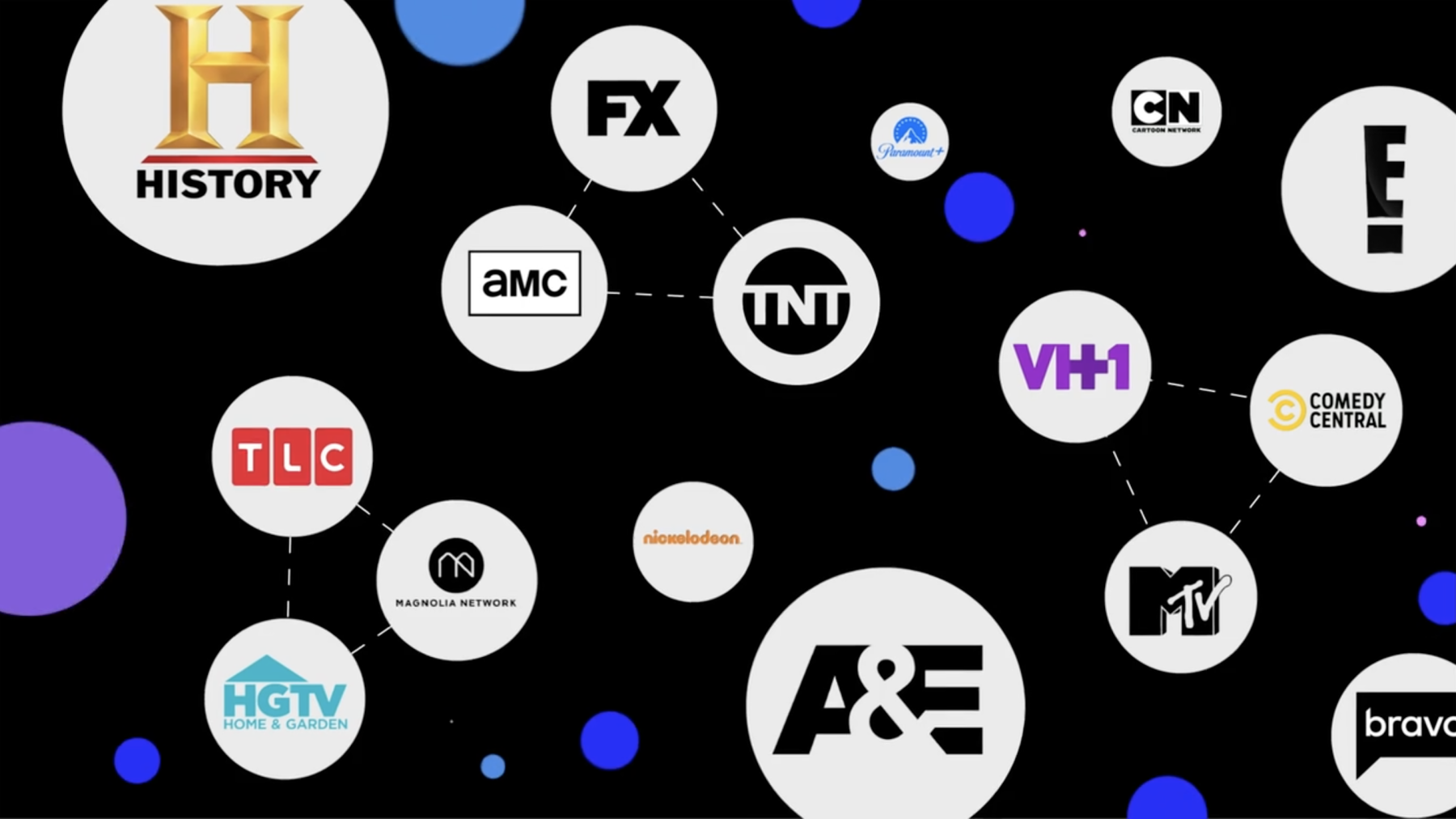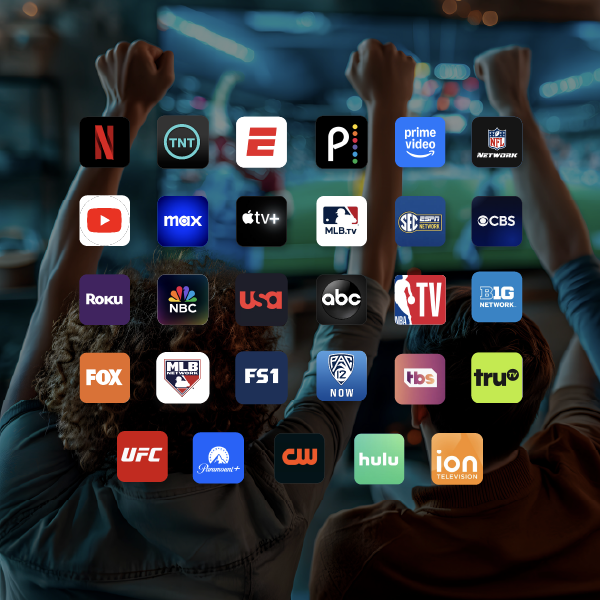
There Will Be No Kingmaking in the New World of TV Measurement
After decades of a “business as usual” approach to TV measurement, the industry has at last broken free of outdated paradigms and Nielsen’s quasi-monopoly on TV measurement. It’s a liberating moment for networks and advertisers alike.
As the headlines and commentary around new partnerships, providers, and paradigms pour in, there’s a larger truth we need to acknowledge. This time of transition is not about crowning a new king of TV measurement. This time is about ushering in an entirely different, and much-needed, measurement landscape.
Courage, finally
Before delving into the competitive nuances of the emerging measurement landscape, let’s take a moment to give credit where credit is due: publishers and networks—most notably, NBCU and WarnerMedia. They deserve a bow for courageously upending an established system that had proven itself poorly designed to meet the needs of a transforming industry. In opening themselves to new measurement alternatives and partnerships, today’s networks are paving the way for precisely the change that advertisers and brands have been yearning for.
Looking beyond audience measurement
How the industry thinks about measurement is another area where we owe networks like NBCU and WarnerMedia a debt of gratitude. What’s become clear in recent months is that TV measurement isn’t just about audience measurement. There are a number of other measurement types that are still in the process of becoming certified in other categories—outcomes measurement, fraud measurement, brand measurement and more.
Is there a new measurement currency?
As announcements of new certifications for audience measurement and verification vendors continue, we’re seeing passing references to “new currencies” in measurement. That’s where we all need to take a pause. The idea that TV measurement will again operate according to a given currency—in other words, an exclusive standard that is accepted and transacted on by all parties—is fundamentally flawed. It doesn’t behoove networks and advertisers to bestow a quasi-monopoly upon just a handful of companies (again), and let those companies exploit that power. In the redesign of the media measurement landscape, there will be no kingmaking.
The partnerships and initiatives we’ve seen announced, such as NBCU’s use of iSpot.tv’s audiences, aren’t the “winners” of the post-Nielsen era. They are the early entrants. As the industry expands and evolves, others will join. And not just two or three players (as suggested by the first certified companies), but many players.
A future of free TV measurement
The era of the measurement monarchy has come to an end; TV measurement will be multifaceted and nuanced from this point forward. Will it be complicated? Possibly, yes. But with a choice of providers, measurement will become cheaper over time (in fact, measurement should be free). And that’s a good thing.

Philip Inghelbrecht
I'm CEO at Tatari. I love getting things done.
Related
Data Science Deep-Dive: Frequency Optimization Analysis Improves Client Campaign Efficiency
See how a DTC Health Tech client improved CPA and increased reach using Tatari's frequency optimization calculations.
Read more
Similar Inventory: Lookalike Modeling for TV Practitioners
Tatari’s Similar Inventory feature combines data science with viewership data in order to recommend available inventory across both linear and streaming TV. Watch our short video to learn more.
Read more
What Advertisers Need to Know About TV Sports Advertising in 2026
TV sports advertising in 2026 is being reshaped by streaming, fragmented media rights, and rapidly changing ad prices. This guide shows advertisers where sports audiences live and how to buy across leagues effectively at any budget.
Read more


